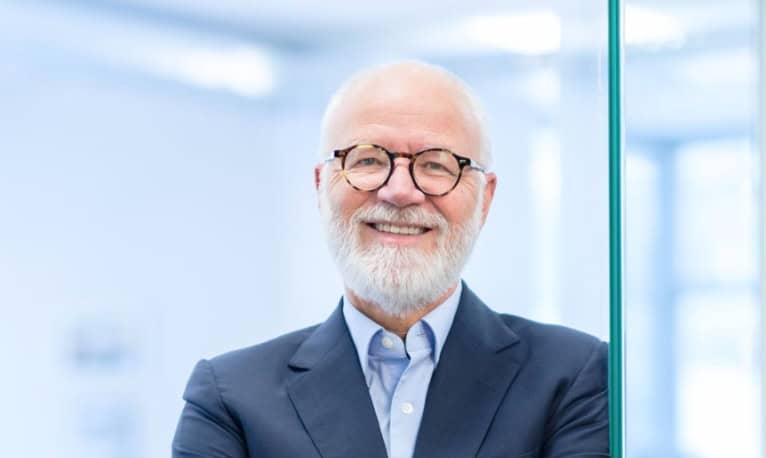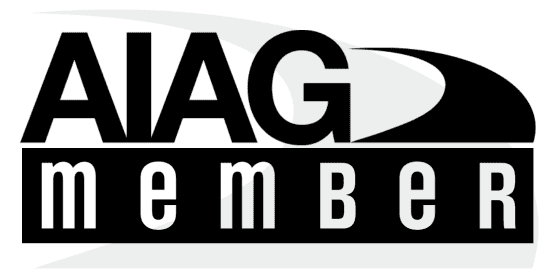Driving the Future of Commercial Transport: Stefan Seiberth on Hybrid Innovations and the Path to Decarbonization

Picture: Stefan Seiberth
As the commercial vehicle industry navigates the transition to sustainable transport, hybrid solutions are emerging as a key enabler of decarbonization. In this exclusive interview, Stefan Seiberth, a seasoned leader and expert in powertrains and new mobility, shares his insights on the challenges and opportunities in the sector. With decades of experience at Bosch Powertrain and now advising green tech startups, Seiberth discusses the role of plug-in hybrids, the impact of digitalization, and the future landscape of commercial vehicle powertrains.
1- For those who haven’t been introduced to you, who are you and what is your background?
My name is Stefan Seiberth and I have a background in mechanical engineering. Over the past 40 years, I have worked in various roles, starting in systems engineering for internal combustion engines, to several business unit and regional responsibilities. As President of Bosch Powertrain and New Mobility I gained a broad experience in the global automotive and mobility industry for more than 10 years. Today, I am supporting several startups with my experiences. Particularly passionate am I about innovations in the green tech area.
2. In your current role, what is your relation to the future of commercial vehicles and transport?
As mentioned before I support startups that innovate to decarbonize the world. Among other things, I assist in the transformation from purely fossil fuel-driven transportation to CO2-free solutions. Currently, I am supporting Brudeli Green Mobility, a startup from Norway, that is developing a very innovative plug-in hybrid system for commercial vehicles.
3. We have seen a rapid development of new hybrid and EV offers for consumers of passenger cars but in the commercial vehicle sector diesel is still dominating. Why is that, in your opinion?
For both market segments, passenger cars and commercial vehicles, there are various regulations worldwide that, of course, also affect the propulsion system. These regulations influence the product strategies of the vehicle manufacturers, which in turn influences the purchasing behavior of customers and vice versa. Additionally, sometimes significant subsidies push for the implementation of technologies in the market. While operating costs are just one of several purchasing criteria for passenger car customers, they are dominant for commercial vehicles. A commercial vehicle is an investment asset that must perfectly and cost-effectively meet the user’s requirements. For example, routes, distances and load vary almost constantly in the goods transport business. An optimized diesel engine has so far been the best solution for this, supported by a well-established and functioning infrastructure and service structure.
4. What role do you see for other powertrain solutions than pure diesel and pure battery electric, e.g. for PHEV, H2, E-fuels, do you see for commercial vehicles?
There are many options and pathways to improve CO2 emissions in transportation and we should quickly implement those solutions that make sense. Personally, I don’t want to commit to any one of these solutions as the “silver bullet” rather, I believe that the effectiveness of each solution largely depends on the specific use of the vehicle and the available infrastructure. It is also important to remember that both technology and infrastructure require time and significant resources to develop. Ultimately, the overarching goal is to achieve climate neutrality across the entire value chain. Short, mid and long term solutions need to follow a holistic plan.
5. In order for hybrid offers to be increasingly requested by fleet operators and developed by OEMs, what needs to be in place?
As mentioned, it’s not just the powertrain of a vehicle that matters, but the entire energy system, whose sustainability, availability, and, last but not least, economic viability is crucial. This is especially true for commercial vehicles. In this segment, waiting for a widespread eFuels or hydrogen infrastructure is, in my opinion, not the right approach as we need to act quickly. Climate change does not wait for us. Among the various solutions, I believe that an optimized PHEV (Plug-in Hybrid Electric Vehicle) system offers significant advantages and can be implemented in operations in a timely manner. It is by no means an intermediate solution, as it also reduces the consumption of eFuels, for example. Even a hybrid vehicle without plug-in reduces consumption and, consequently, operating costs and CO2 emissions. The additional use of a plug-in significantly increases this potential; however, it also requires a charging infrastructure. But in contrast to a purely battery-electric truck, the charging infrastructure does not need to provide such high charging capacities yet or be available everywhere.
6. How do you see digitalization being an enabler for the adoption of alternative powertrains, including hybrids?
Digitalization and AI will also demonstrate their potential in commercial vehicles. By intertwining available information with specific mobility tasks, a wide range of opportunities can be unlocked. Information about routes, traffic and topography, when processed with learned experiences, can optimize the overall transport system.
7. How do you think the market will evolve in terms of commercial vehicle powertrains in 5-10 years?
A truly difficult question to answer.
Even with passenger cars, usage behavior varies significantly worldwide and between urban and rural areas. This variance multiplies considerably when it comes to commercial vehicles, ranging from urban last-mile deliveries to heavy-duty long-haul transport. As well think of the many off-highway applications. There will be optimal solutions for each segment. The challenge for the industry is to keep effort and costs competitive. It must manage variants more intelligently and provide modular solutions.
Without any doubt, we are facing a challenging and exciting time ahead.


